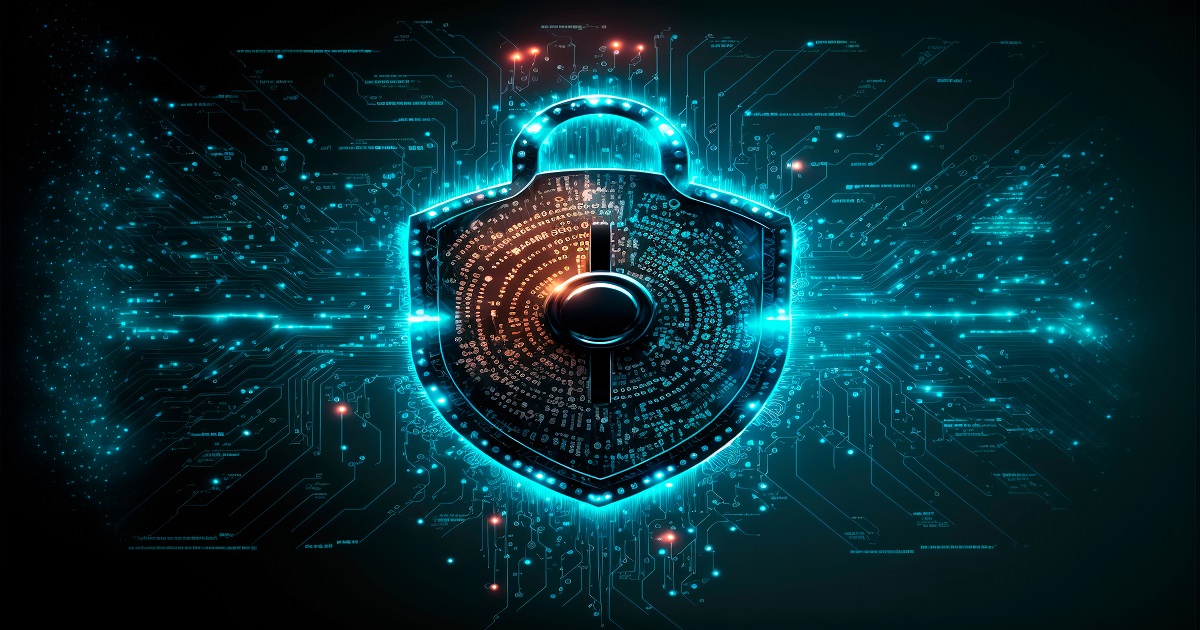Interconnection of networks, and the orchestration of NNI (Network-to-network interconnect), INNI (Internal node-to-node), UNI (User network interface) and ANI (Application network interface), has defined the essentials around "next-gen" networking. These challenges are being ironed out using software as more and more 4G and 5G networks evolve.
WiFi is taking over the world, and fixed networks are moving into a future of simply supporting WiFi and mobile offload as network operators and service providers strive to keep up with the massive benefits things like the Internet of Things promises.
Sounds complicated, right?
Companies like myDevices are investing in simplifying the complex by delivering a new definition of "network neutrality" which is simply this: make it possible for "things" to connect with "networks" and "clouds" regardless of the access, transport and logical nature of those networks. While developing network and device agnostic software is a lot harder than developing for one or two types, the benefits of being able to offer software that connects any sensor and any device to any network and any cloud (and any application) are obvious.
Following on the announcement of myDevices and Senet's LoRa partnership this summer, we caught up with the CEO of myDevices to learn more about what drove them to focus on LoRa network technologies and join the LoRaWAN Alliance alongside Senet.
Speaking of network types and the evolution of next-gen networking, LoRaWAN is a Low Power Wide Area Network (LPWAN) specification intended for wireless battery operated Things in regional, national or global network. LoRaWAN target key requirements of internet of things such as secure bi-directional communication, mobility and localization services.
The Alliance partners are working together towards a standard which will provide "seamless interoperability among smart Things without the need of complex local installations and gives back the freedom to the user, developer, businesses enabling the roll out of Internet of Things," according to the LoRaWan.org's website.
LoRaWAN network architecture is typically laid out in a star-of-stars topology in which gateways is a transparent bridge relaying messages between end-devices and a central network server in the backend. Gateways are connected to the network server via standard IP connections while end-devices use single-hop wireless communication to one or many gateways. All end-point communication is generally bi-directional, but also supports operation such as multicast enabling software upgrade over the air or other mass distribution messages to reduce the on air communication time.
LoRaWAN is succeeding and growing rapidly because they approach IoT in a very specific way, with less power intensive approaches, key to reducing battery consumption, and with better network economics than, for example, satellite connectivity which can be prohibitively expensive, depending on the actual application.
"myDevices strategy is very direct, and our mission is very simple: make it easier for every participant in the IoT community to succeed faster," said Kevin Bromber, CEO, myDevices. "We are constantly engaging with the market whether with developers using our Cayenne platform, network operators, service providers, device manufacturers, sensor manufacturers, analytics/data companies and cloud-based companies to make sure what we are building plays well with everybody."
Positioning themselves as an "IoT solutions company," myDevices develops enable customers to bring their IoT projects from prototype to mass commercialization.
"Working with Senet was a great experience, as they are as obsessed with perfecting the LoRaWAN world of networking as we are with perfecting IoT middleware," Bromber said. "We find that with every collaboration we have with companies like Senet throughout the IoT ecosystem, we are able to continually improve our platform, which has grown from zero to over 75,000 developers using that platform since we launched it less than a year ago."
This platform is "Cayenne," which offers a connectivity and device-agnostic technology empowering engineers and enterprise partners to easily design, develop and deploy IoT solutions into their existing infrastructure and business. With a very simple and intuitive interface, developers can set up and manage IoT environments which work on any network type, including LoRaWan.
The company is a division of Avanquest, a software, mobile and systems integration and development company established in 1984, serving large enterprises, and working with partners including Sony, Motorola, and Dell. Headquartered in France, they are recognized as one of the top ten consumer software publishers worldwide with annual revenue of €120 Million and 500+ employees distributed over three countries. myDevices is leading their IoT efforts from their headquarters in Los Angeles, CA.
"Until our ecosystem is able to simplify connecting things, networks, clouds and applications, we will not realize that $30 billion in market potential the analysts have been talking about for years," Bromber said. "Our goal and our momentum with growth of developers even we did not anticipate is to bring point and click, drag and drop, and intuitive device management dashboard to anybody wishing to build IoT solutions - real solutions - not just elements."
When asked about the value for companies like AT&T, Verizon, Vodafone and other telco companies, Bromber said, "These are the giants of networking. They continue to invest billions to make our connected lives more possible. They are facing new competition from companies like Google, Amazon, Apple, Microsoft and other tech giants in the IoT world in particular, but when they are able to tap into a middleware platform that creates the 'glue' for solutions, they can very quickly address the risk of falling back into the transport and dumb-pipe domains. In order for the communications service providers to take their rightful place and attract IoT revenues, which they are doing more and more, solutions are the answer. Smart cities, smart buildings, smart cars, smart energy grids, and smart homes."
Edited by
Ken Briodagh





